Recycling Boxes – Where do they go?
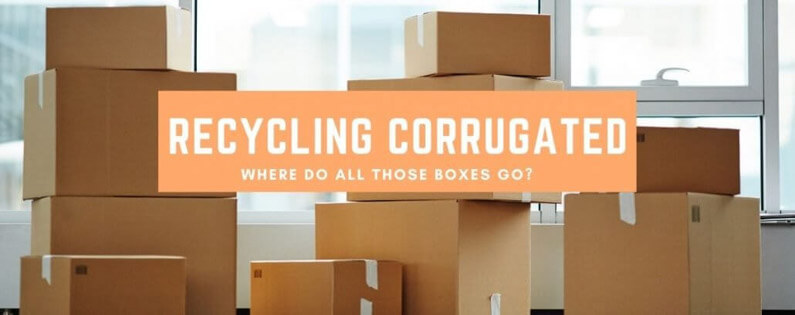
The rise of e-commerce and the current backlash against plastics and single-use packaging means that consumers are more aware of packaging than ever before.
By Fibre Box Association · October 28, 2019
Originally published: www.mmh.com
With most products supplied to businesses, retailers, and consumers shipped in corrugated boxes, there’s good reason to ask – what happens to all of those boxes?
The ability of a box to withstand the rigors of transport through an increasingly complex supply chain is crucial for protecting the product inside and supporting the brand behind it. This means it has to arrive in pristine condition and graphics on the box need to provide a mobile billboard for the brand. In addition, it is more important than ever for consumers to understand corrugated packaging’s environmental progress and the importance of why and how to recycle the box after use.
Corrugated is the sustainable choice. In 2018, 96 percent of all corrugated produced in the US was successfully recovered for recycling, and the average corrugated box contained 50 percent recycled content. That is miles ahead of any other packaging material’s recovery and re-use rates. In fact, 91% of plastic ever created has not been recycled, and a massive amount has become litter.
Recycled fiber is re-used to make new boxes.
Corrugated manufacturers want their boxes back because they are needed to make new paper products. More than 50 percent of OCC recovered in 2018 was used to make new cardboard boxes; more than 34 percent was exported to meet global demand for US recovered fiber.
Retailers have been recovering high-quality “old corrugated containers” (OCC) for decades. However, as brick-and-mortar retail declines there’s an ongoing shift of OCC to e-commerce distribution centers and households. Residences recover far less than commercial entities do. That means the CPG companies and retailers shipping products to consumers have an opportunity, and a responsibility, to help their customers understand that the boxes can and should be recycled.
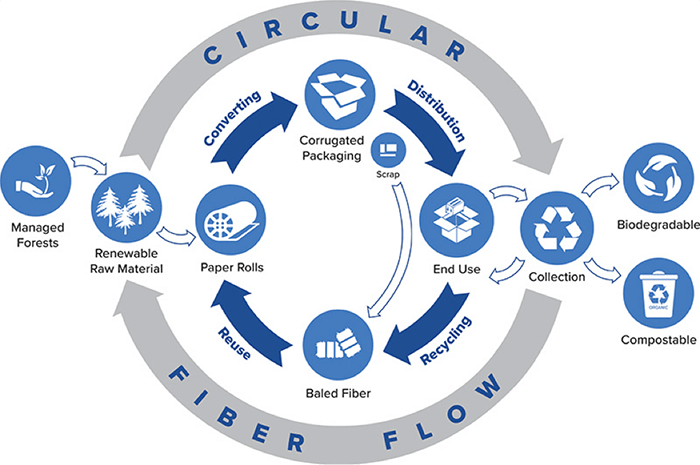
Recycling reduces overall environmental impacts
In addition to supplying vital stock for the manufacture of new paper products, corrugated recycling helps the industry continue reducing its environmental footprint. Life cycle assessments (LCAs) show that the recycled content helps reduce energy consumption and emissions at the mills, waste going to landfills, and subsequent methane generation—lowering impact on global warming potential (GWP). The 2014 LCA revealed a 35 percent reduction in greenhouse gas emissions since the first-ever corrugated industry LCA using 2006 data, along with double-digit reductions in eutrophication, respiratory, and fossil fuel depletion indicators. The latest studies can be viewed here.
Renewing our forests
The US paper and wood products industry plays an important role in ensuring sustainable forest management. Today, one-third of the US is forested, and there are more trees than there were on the first Earth Day celebration nearly 50 years ago. And, a 2012 report from the U.S. Forest Service indicates that more than 3.2 million trees are planted per day in the United States.
Get on board
CPG companies and retailers can do their part by providing products in recyclable corrugated boxes, and by purchasing boxes that are right-sized for optimal material use. Equally important, make sure that the boxes are marked with the Corrugated Recycles symbol and go the extra mile to encourage consumers to place the empty boxes into their recycling bins.
To find out how the corrugated industry can help support your sustainability efforts, including programs to help you inform your consumers, contact the Fibre Box Association at info@fibrebox.org.
For more information, visit www.BoxesAreExtraordinary.com.
For help with your sustainable corrugated packaging, contact Royal Containers at sales@royalcontainers.com

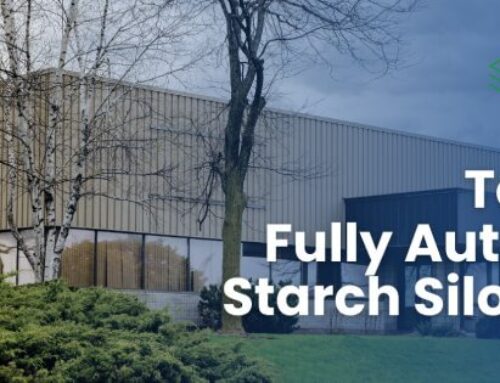
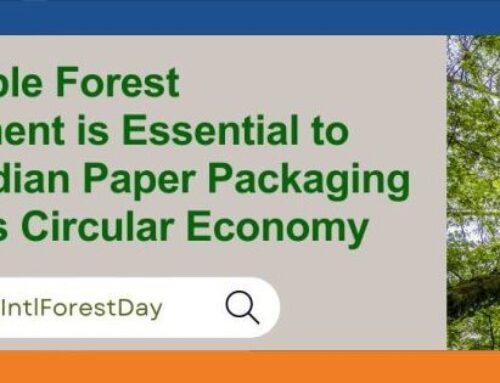
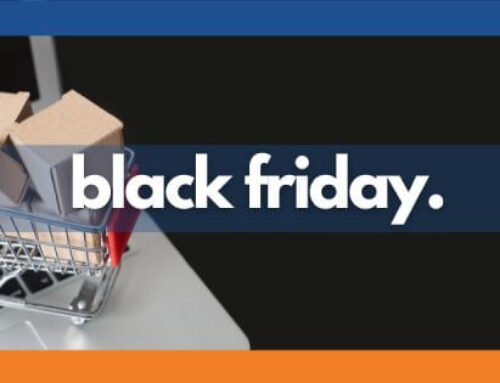

I’m delighted you mentioned how corrugated recycling aids the industry’s ongoing efforts to reduce its environmental impact. As you said, it aids in lowering energy use, pollutants, and waste going to landfills. I’ll be sure to share this with my sister to emphasize the value of recycling as her company frequently uses boxes due to packaging. I’ll make sure to tell my friends and other family members about this as well.